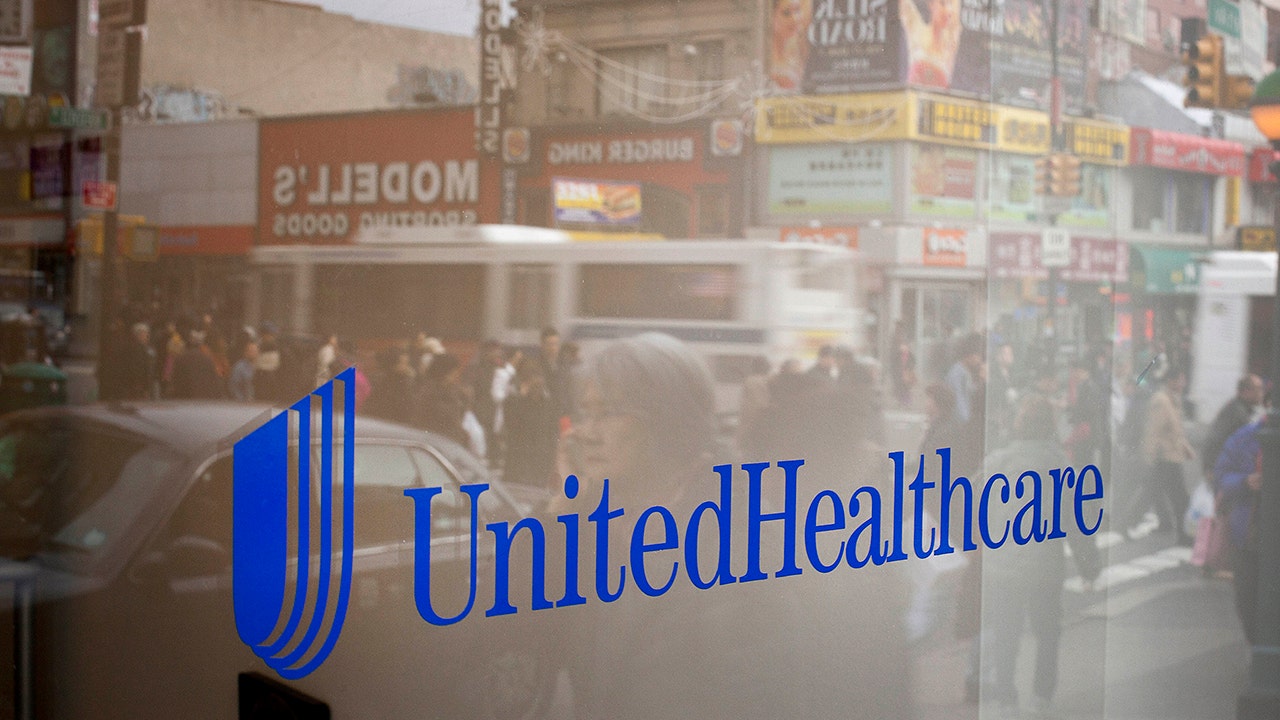Personal Finance
How the types of employee benefits offered play a critical role in recruiting top talent

Employee benefits are a critical part of a company’s overall compensation package and constitute a key component of a strategy to recruit and retain top talent.
While compensation paid in the form of salary is generally the largest factor in evaluating a job offer, employee benefits also play a major role in employees’ overall productivity, job satisfaction and well-being.
Human resource professionals generally group employee benefits into four major categories, and US Fortune 500 companies have developed detailed policies and strategies to keep workers engaged and motivated on the job. These areas include medical benefits, insurance benefits, paid time off and retirement benefits.
Generally, larger corporations offer more generous and robust benefits packages, although this is not always the case.
COMPANIES ARE CUTTING WORKER BENEFITS TO OFFSET THE STING OF HIGH INFLATION
Medical benefits
As of 2022, over 55% of Americans receive their medical care through an employer-sponsored program.
Medical benefits generally include health insurance, dental insurance and vision insurance, and may also feature more complex offerings, including Health Savings Accounts and Flexible Spending Accounts.
Corporations have considerable incentives to keep employees and their families healthy.
As larger numbers of Americans rely on employee-sponsored plans for their medical needs, lawmakers have expanded requirements mandating that employers cover these costs for a variety of industries and workplaces.
A typical corporate policy may offer a choice between several large health insurance companies. Several of the largest American health insurers include Aetna, Blue Cross Blue Shield, Cigna, United Health Group and Kaiser Permanente.
Per the terms of the Affordable Care Act (ACA), companies with over 50 employees must provide health care and cover at least 60% of the cost. While employers can ask employees to contribute to their own health care costs, such payments can not exceed 9.83% of household income.
The ACA does not, however, cover dental or vision benefits, though many large corporations offer these of their own volition. Smaller companies are not required to provide health care coverage, but they are incentivized to do so via tax credits.
Key terms with which employees should be familiar include premiums, deductibles and copays. Premium refers to the monthly expense for your plan, which will be split between you and your employer. Deductibles refer to the amount that you must pay out of pocket for treatment before your insurer covers the rest.
Finally, copays refer to the amount that you must pay out of pocket to see a doctor or other health care professional. Typical copays range between $25 and $50.
Insurance benefits
Insurance benefits generally include three categories: life insurance, disability insurance and unemployment insurance.
Life insurance is offered by most companies, with many providing small policies for free. It allows large organizations to harness their purchasing power to get better rates, whereby your family receives a payment in the event that you die.
CORPORATE HEALTH PERKS: HOW TO TAKE ADVANTAGE OF ALL YOUR COMPANY’S OFFERINGS
Disability insurance is particularly important in blue-collar industries and offers compensation in the event that you have short or long-term absences from the job due to injury or illness. Although it covers work-related injuries, it does not necessarily have to involve an on-the-job incident in order to receive payouts.
Finally, unemployment insurance is a requirement by law. Companies must pay cash stipends to workers who lose their jobs through no fault of their own, provided that they are actively seeking new employment.
Paid time off
The workplace has changed dramatically with respect to paid time off benefits. American workers expect time off to rest and relax with their families and take vacations. Generally, the longer an employee has been with a company, the more generous the amount of paid time off offered.
The types of paid time off include vacation, sick leave, paid holidays, family and medical leave, bereavement and jury duty.

Vacations and paid holidays form the backbone of a company’s paid time off plan. Employees will receive a built-in number of vacation and holiday days off to use at their discretion. On the lower end, this might entail two weeks of time, whereas more generous plans might offer upwards of four weeks of vacation/holiday days.
Sick leave is a standard benefit and affords employees time off for medical appointments, sick days, surgery and medical procedures, recovery time, and the ability to care for a sick child or family member.
401(K) PLANS INCLUDE THESE HIDDEN BENEFITS YOU NEED TO KNOW ABOUT
Family and medical leave is required by law and affords employees time off for having children, foster parenting and caring for family members with severe health conditions.
Retirement benefits
Finally, retirement benefits constitute the last major category of employee benefits. They generally fall under four major categories: pension plans, 401(k) and IRA plans, 403(b) plans and equity.
Pension plans reward retired employees for their service with monthly cash payments based on their age, tenure and salary. They are no longer as common as they once were, having been replaced by other forms of retirement plans.
IRA and 401(k) plans allow workers the flexibility of moving their retirement accounts when they change jobs. The major difference between the two is that 401(k) plans are typically offered directly through an employer, whereas a Roth IRA is directed by the employee through an account with a broker or bank.
Employers and the IRS determine appropriate, generally conservative, investments, into which employees can direct their contributions. Typical investments include large and mid-cap mutual funds, as well as index funds.
Perhaps the most popular feature of a 401(k) is that employers will often offer a 401(k) match. For example, if an employer offers a 5% match, this means that if an employee invests 5% of their biweekly salary into the account, the employer will match it. The benefits typically “vest” or become fully owned by the employee over a period of years.
401(k)s generally allow higher annual contributions and fewer investment options, while IRAs allow greater investment options but lower annual contribution limits. Financial advisors strongly recommend maxing out your 401(k) and Roth accounts as best financial practices.

These accounts are tax-deferred, meaning that your investments grow tax-free until you reach retirement age.
403(b) plans are similar to the previously mentioned options but are used by non-profits, some public school employees, ministers and other religious leaders, and non-profit employees.
Finally, equity is the most lucrative and sought-after benefit, and is generally a staple of a compensation package for mid and upper management in the corporate world. This generally assumes the form of stock or stock options, which have a vesting period.
After the vesting period has elapsed, employees may sell the stock. They are also often used by startup companies who offer lower salaries, but allow employees to share in the potential for future growth.
Additionally, corporate employees may receive a variety of compensation bonuses based on overall company performance. This is particularly common for top executives in the business world.
Read the full article here

-

 Make Money5 days ago
Make Money5 days agoHow to Create and Sell Digital Products Online (Make Extra Money)
-

 Side Hustles6 days ago
Side Hustles6 days agoCreate Your Wealthy, Purposeful Life: Business Expert’s Tips
-

 Investing5 days ago
Investing5 days agoIs Apple Releasing an ‘Ultra-Thin’ iPhone 17 Air? New Report
-

 Investing5 days ago
Investing5 days agoUS data center electricity and water use to increase significantly by 2028: report By Investing.com
-

 Investing4 days ago
Investing4 days agoMoldova breakaway region to face new power cuts on Saturday, officials say By Reuters
-

 Investing4 days ago
Investing4 days agoReebok Co-Founder Backs Syntilay’s New AI, 3D-Printed Shoe
-

 Side Hustles6 days ago
Side Hustles6 days agoMinimum Wage Is Increasing In These 21 States This Year
-

 Side Hustles4 days ago
Side Hustles4 days agoHow to Survive High-Demand Seasons Without Losing Customers


















